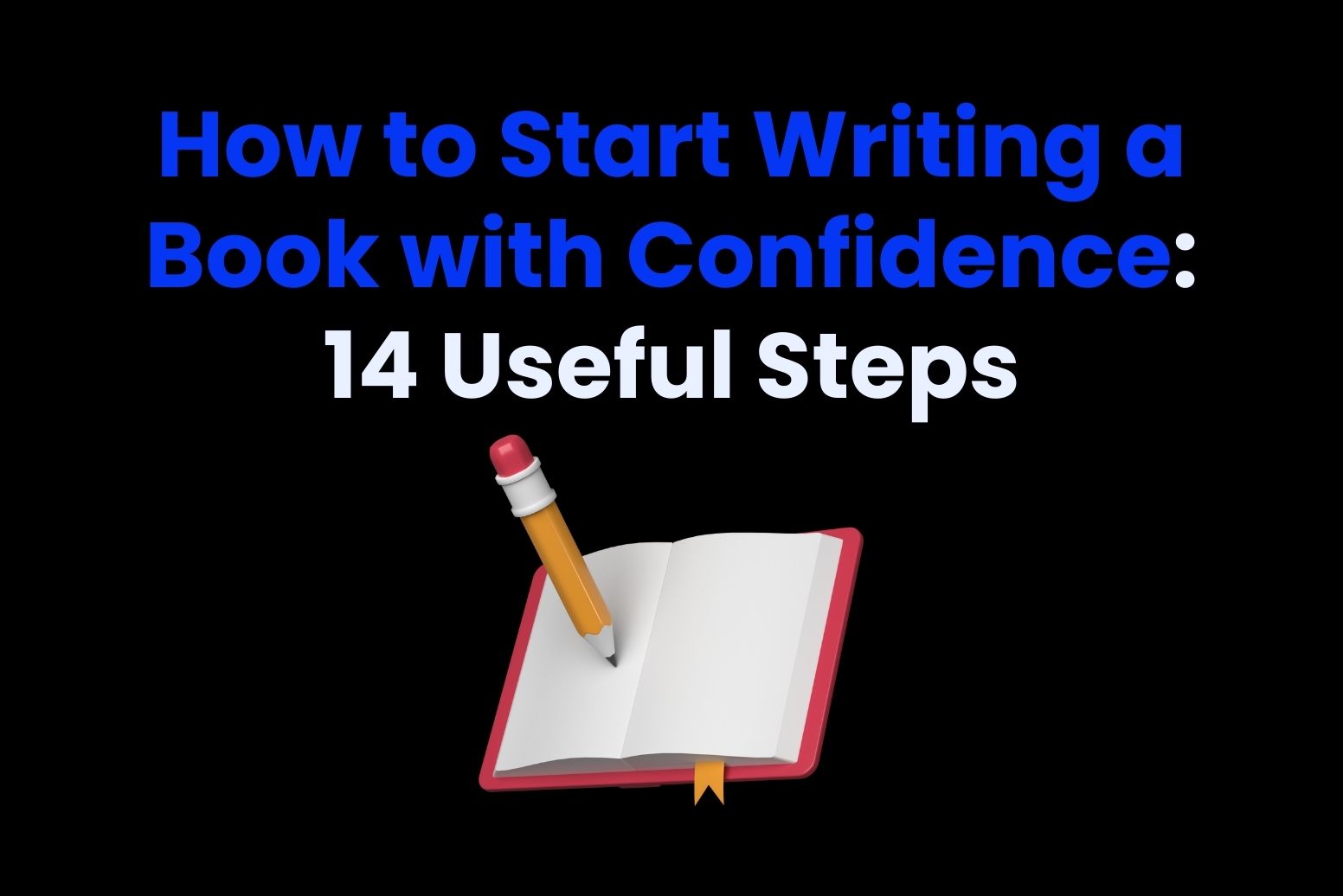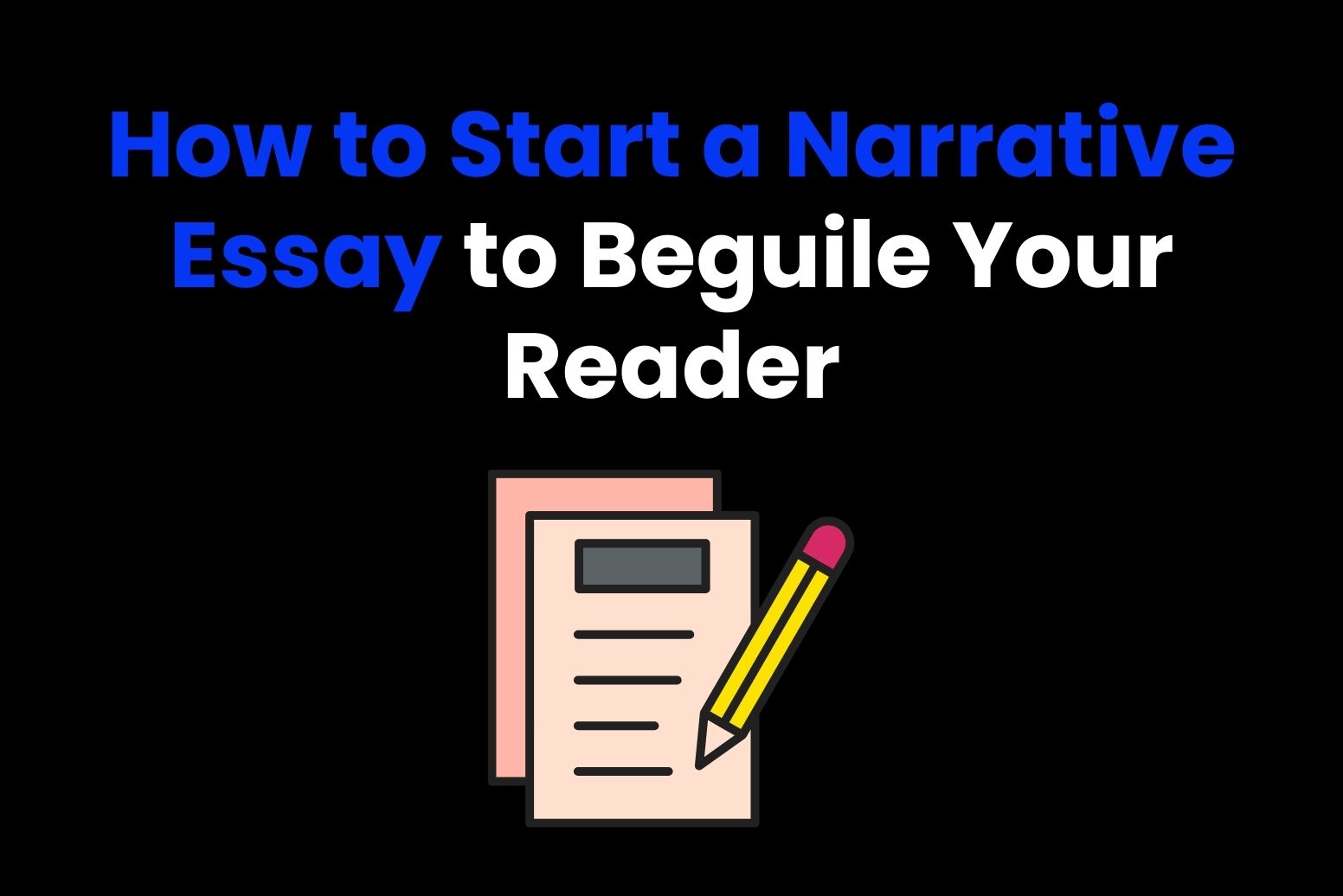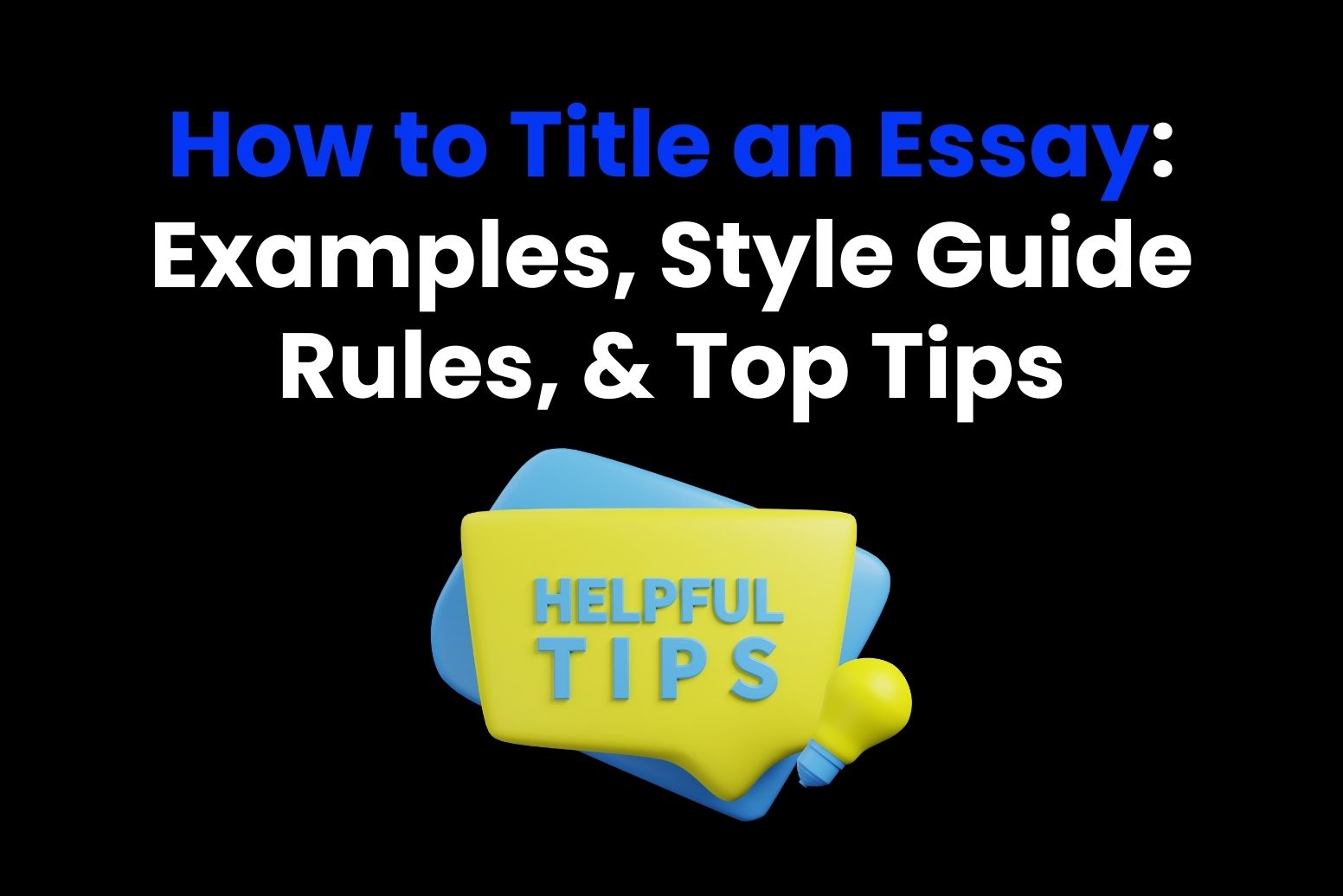In fast-paced professional world, writing a thoughtful resignation email is more than courtesy—it is a necessity. If your resignation is of good terms or under difficult circumstances, the manner in which you communicate this can leave an impression that would last long. A well-written resignation email demonstrates professionalism, ensures clear communication, and maintains positive relationships with your employer. Tools like Arvin AI can make it easier for you to how to write a resignation email, customized emails. Help you grasp the importance and purpose of this message so that you can transition smoothly into this change.
Part 1: Understanding the Purpose of a Resignation Email
Why a Resignation Email Is Necessary
- Formalizing Your Intent to Leave: A resignation email can be treated as a written formal record of your decision to quit the organization. It serves to ensure that you and your employer are in agreement on several other essential points, like your last working day, or the transition plan.
- Documenting the Communication for Reference: In the professional realm, documentation is very important. The how to write a resignation email can be considered a point of reference for both HR and management to prevent any form of misunderstanding over exit terms or responsibilities.
Common Scenarios Requiring a Resignation Email
- Immediate Resignation: In those unforeseen situations you need to leave suddenly, a resignation email communicates your decision immediately yet professionally.
- Transition During Notice Periods: For regular resignation, the email sets your intent but lets you specify the notice period and what would be necessary to ensure a smooth transition.
- Remote or Hybrid Work Environments: As face-to-face communication is not always possible, how to write a resignation email, resignation emails represent the standard way of communicating professional news, that even in distant locations, the subject is unmistakable.
Part 2: Key Components of a Professional Resignation Email
A professional resignation letter guarantees an honorable leaving and keeps everything positive. Some detailed components to include are listed below:
Clear Subject Line
The subject line is known as a clear, concise, and word-summarized meaning of the email’s purpose. Use a format that leaves no room for ambiguity; for example, “Resignation – [Your Name]” or “Notice of Resignation – [Your Name].” This way, the recipient can understand the intent of the email quickly, especially in a crowded inbox. A clear subject line makes sure that your message is processed quickly and at an early stage of communication demonstrates professionalism. Avoid vague or cryptic subjects like “Leaving Soon” and don’t make the recipient confused about what your message is about.
Professional Greeting
Begin your email with a polite greeting. Address the recipient respectfully. Use the recipient’s name and the title they prefer-such as “Dear Mr. Smith” or “Hello, Dr. Adams.” That establishes a professional tone and makes the message more personalized. If you’re unsure of the appropriate title, a neutral “Dear [Name]” is acceptable. Avoid overly casual greetings like “Hi there” as they can come across as unprofessional in formal communication. A professional greeting establishes a good foundation for the rest of the email.
Statement of Resignation
In this section, state your intention to resign clearly and unambiguously. Include your last working day, adhering to your company’s resignation notice policy. Example: “I am writing to formally resign from my position as [Job Title] at [Company Name], effective [Last Working Day].” Making mention of the last working day ahead of time assists your employer in planning the transition. Keep this statement straightforward and free from unnecessary details or emotions. This way, you will keep it professional and make it tend towards a positive tone.
Gratitude and Appreciation
Be truly thankful for the opportunities and experiences you have gained during your tenure. For example: “Thank you very much and the whole team of [Company Name] for support, mentorship, and opportunities that greatly helped me to grow professionally.” This is an appreciation statement that won’t be forgotten. Even if your time was not perfect in any sense, finding something to say positively speaks of your maturity and professionalism at work. Finally, avoid using insincere or overly generic statements because they may appear as insincere.
Willingness to Assist in the Transition
Be willing to assist in the handover process by allowing the next person to take over in a smooth manner. For instance: “I am more than willing to help train my replacement or document my responsibilities to help ensure a seamless transition during my remaining time.” This is an indication of your professionalism and your respect for your team. Mention any actions you would like to undertake to assist as it can demonstrate to the employer that you are committed and willing to work during the notice period.
Closing and Contact Information
Close your email with a formal closing and include contact details in case your employer wants to contact you again in the future. A closing is: “Thanks once again for [Company Name] opportunities. I wish the company much success.”. Please feel free to contact me at [Your Email Address] or [Phone Number] for any follow-up.” This leaves the door open for maintaining professional relationships and demonstrates your willingness to stay connected. Use closings like “Best regards” or “Sincerely” to maintain a formal tone.
Proofreading Before Sending
Before hitting send, carefully proofread your email to ensure it is free from grammatical errors, typos, or ambiguous phrasing. A well-crafted email speaks well to your professionalism and attention to detail. You may want to read it out loud or have a trusted colleague proofread for you. Make sure that all dates and names are correct. Be sure your tone is professional and positive from start to finish. This helps prevent any unintended error from sinking your professional call to action.
Part 3: Tips for Writing an Effective Resignation Email
How to write a resignation email? Writing a great resignation email requires a right balance of professionalism with optimism. Here are some useful tips for you.
Be Concise and Direct
Keep your resignation email concise while covering all essential details. Avoid lengthy explanations or irrelevant information. For example, after stating your resignation and last working day, move directly to gratitude and transition details. A brief email is easier to read and ensures clarity of intent. Focus on the main points and avoid unnecessary elaboration. This demonstrates respect for your recipient’s time and highlights your ability to communicate efficiently.
Use a Positive Tone
Use the same as when you are presenting negative reasons for leaving but still have a positive tone. This means you talk about experiences and relationships you have built in that place, with people: “Working at [Company Name] has been a rewarding journey, and I am grateful for the opportunities provided.” Positivity will make sure you leave on good terms and maintain your professional relationships. Do not get a bit frustrated or dissatisfied, as this may undermine the purpose of the email.
Avoid Criticism or Negative Remarks
Don’t offend the company, management or colleagues. Whatever your sentiments are, refrain from making negative comments. Burning bridges can affect your professional reputation. Focus on positive statements in a forward-looking manner. One should mention gratitude for growth as a positive turnaround. This way, your resignation email will depict maturity in your approach. After all, connections made may lead to opportunities in the future, so take your leave with integrity.
Customize the E-mail According to Your Company’s Culture
Consider your company’s culture and communication style when drafting your how to write a resignation email. A formal corporate environment may require a highly structured and professional tone, while a more casual workplace might allow for a slightly relaxed but respectful approach. For example, adjust your language and level of detail to align with how communication typically flows within your organization. This shows awareness and respect for company norms, leaving a positive impression.
Double-Check Company Policies for Resignation Notice
Confirm the resignation policies of the company before submitting your email so that you are on the right notice period and procedure. While some companies require a two-week notice, others have specific procedures for submitting resignation. This helps you showcase professionalism as well as respect for the organization. Mention your compliance in the email if applicable, such as: “As per company policy, I am providing a [notice period] notice.” This way, everything will be fine for both.
Part 4: Sample Resignation Emails for Different Scenarios
1. Standard Resignation Email
This is usually a formal although simple email in most resignation situations. It is worded as a thank you with a formal notice period.
Subject: Resignation – [Your Name]
Dear [Manager’s Name],
Attached is my official letter of resignation. My last working day will be [Last Working Day, typically two weeks from the date of this letter]. It’s been an unbelievable experience working with this team. I appreciate the opportunity to have worked with them and the support they have provided. I will ensure a seamless transition before departing and will make myself available to transfer any responsibilities and to ensure a proper handover of my tasks during the notice period.
Thank you once again for the opportunity to be part of [Company Name]. I hope to stay in touch and wish the company continued success.
Best regards,
[Your Full Name]
[Your Contact Information]
Immediate Resignation Email
This is when an immediate departure is unavoidable. It is brief and pushes the point across while still conveying regret.
Subject: Immediate Resignation – [Your Name]
Dear [Manager’s Name],
I am writing to share with you my decision to resign my position as [Your Job Title] at [Company Name], which will be effective immediately because the circumstances are unforeseen.
I am sorry this has to end the way it does and apologize for any inconvenience this may create. All outstanding work and record must be transferred effectively, to the best of my ability, in the days remaining. Please indicate to me whatever procedures would help to ease the changeover process.
Thank you for your understanding and for the opportunities I had while working here.
Yours sincerely,
[Your Full Name]
[Your Contact Information]
Resignation Email Due to Personal Reasons
This email contains a balance of professionalism with a vague explanation of personal circumstances.
Subject: Resignation – [Your Name]
Dear [Manager’s Name],
I am writing to formally tender my resignation as [Your Job Title] at [Company Name], effective [Last Working Day]. This is due to personal reasons that demand my urgent attention.
I thank all the staff and the opportunities given to me during my stay here, and I will make it easier for the new one to handle my duties. Please let me know how best I can help.
Once again, thank you for understanding and standing with me. All the best for the company and team.
Cheers,
[Your Full Name]
[Contact Information]
Part 5: How Arvin AI help you in writing Resignation Emails?
Arvin AI is your powerful writing assistant that utilizes advanced artificial intelligence. It is meant to assist professionals in their quest to communicate effectively and persuasively in writing, from how to write a resignation email to cover letters, reports, and much more. Its user-friendly interface and smart feature make it a trusted partner for all writing tasks.
Why Use Arvin AI for Writing Resignation Emails?
- Professional Communication: Arvin AI ensures that your email will be articulate, professional, and error-free.
- Personalized Templates: It offers customizable email templates suited for various situations.
- Efficiency: Save time with AI-generated suggestions and real-time corrections.
- Stress-Free Writing: Arvin AI removes the pressure of finding the right words, letting you focus on the content.
Part 6: Key Features of Arvin AI for Writing Resignation Emails
Customizable Templates for Various Scenarios
Arvin AI provides pre-designed templates for resigning with email for standard resignation, immediate exit, or personal reasons. Users can personalize email templates according to their unique tone and requirements.
Grammar and Tone Checker
Arvin AI includes grammar and tone checking, with the use of an email to ensure that your language is professional in tone, as it checks and corrects grammatical mistakes while improving sentence structure.
AI-Powered Suggestions for Professional Language
Arvin AI is a tool that makes your writing more sophisticated and easier to understand, ensuring that your message comes out clear and effective.
Real-Time Edits and Improvements
Arvin AI makes editing emails quite easy by providing suggestions in real-time. It generates recommendations to keep the word choice and phrasing almost intact while improving the structure of the content effortlessly.
Seamless Integration with Email Platforms
Arvin AI integrates with popular email clients, so you can draft, edit, and send your resignation emails directly from within the platform interface without having to leave the platform.
Part 7: How to Use Arvin AI to Write a Resignation Email
Step 1: Go to the Arvin AI Website: www.arvin.chat
Step 2: Click on “AI Email Generator’: On the website click on ‘Professional Email‘.

Step 3: Personalize the Content: Fill in the required information, including your name, last working day, and reason for quitting.

Step 4: Edit and Finalize Based on AI Inputs: Have Arvin AI check your email for grammar and tone. Accept or modify as appropriate.

Step 5: Copy and Transfer to Email Program: The email can be copied and exported to the preferred email application.

Part 8: Common Mistakes to Avoid When Writing a Resignation Email
Writing a resignation email is a formal process, and it’s important to do it professionally and thoughtfully. Below are common mistakes that you should avoid how to write a resignation email:
Being Overly Emotional or Unprofessional
While it’s natural to feel emotional about leaving a job, it’s important to keep your resignation email professional and respectful. Write this email in a manner that won’t convey negativity, as it will be an expression of ending a working relationship. This can be done by not using phrases like “I can’t stand working here anymore” or “This place is a nightmare.” Instead, one should write how grateful one feels for the time and experience gained at that company. Since your how to write a resignation email would always leave some space open for future reference or networking, it is essential to have professionalism.
Forgetting to Include Key Details Like the Last Working Day
Your resignation email should clearly state your last working day to avoid confusion. Failing to include this key detail can cause uncertainty about when your departure will take place and hinder the company’s planning for a transition. Make sure to include a specific date and offer to assist in the transition process during your remaining time. This shows responsibility and consideration for the team’s workflow.
Sending the Email without Proofreading
Before hitting that “send” on your how to write a resignation email, never forget to proofread it. An email full of typos, grammatical errors, or ambiguous statements reflects carelessness on your end, even if the last words said to the company will be through it. Read the email several times over or have someone else review it to ensure it’s clear, concise, and free of mistakes. How to write a resignation email a well-written resignation email shows professionalism and leaves a positive impression in one’s memory.
Using Company Email for Personal Complaints
It may entice one to voice frustrations or express dissatisfaction in the resignation email itself; however, this is a misuse of the company email. This is an official, work-related communication channel and should be treated as such. Generally, avoid making your how to write a resignation email into a personal complaint letter or airing grievances about coworkers or the inner workings of the company. If you feel you must discuss issues, it’s best to do so face-to-face in the exit interview or elsewhere with HR and not in writing via the company email. Your resignation email is about your departure, not airing gripes.
Final Thoughts
How to write a resignation email, Resignation emails do not have to be a hassle. You can do this professionally and smoothly by following the best practices. These include keeping the tone not sour but respectful, giving enough notice, and showing gratitude. AI writer tools like Arvin AI can simplify this task and help you write the perfect email in minutes. Try Arvin AI today to make your resignation clean and stress-free: end on a high note.
FAQs about How to write a Resignation Email
Here are some FAQs about how to write a resignation email:
1. What should I avoid mentioning in a resignation email?
When how to write a resignation email, try not to mention any bad comments regarding your present employer, colleagues, or company. Be professional; even if your experience was not so great, keep it professional. It’s wise not to go into unnecessary details about personal reasons or grievances. Do not make any form of demand; for example, do not request any compensation or give each reason for leaving. Your email should be concise, respectful, and thank the opportunity to work there.
2. How much notice should I give when resigning via email?
The standard notice period is usually two weeks, but it might be other depending on your role, contract, or company policy. Check the employment agreement for specific terms regarding notice periods. Some positions may require a longer notice time, especially when holding senior roles or critical positions. Giving adequate notice helps in ensuring a smooth transition for both parties.
3. Do I use a resignation email as a request for recommendation?
It is perfectly fine to request a recommendation in your resignation letter, but only with respect and at the end of the email. Acknowledge your time at the company and request if how to write a resignation email be willing to provide a reference or recommendation for you. Remember to make this brief and not the focus of your resignation e-mail.
4. Must I send a letter of resignation after giving verbal notice?
Yes, that would be professional, to write down an email indicating your resignation after already verbally informing the same. A written resignation will outline the date your resignation becomes effective and ensure all records are clear about this event of your resignation. It will also allow the opportunity to state gratitude at leaving and on good terms. This email will serve as formal documentation, but verbal would simply be the first step of a resignation.
5. Is it possible to resign by e-mail in every field?
Of course, generally speaking, email is an appropriate means of resignation for most industries, but there may be a need to conduct more formal or in-person resignations, depending on the industry and one’s position-holding therein. When in doubt, assess your company’s culture and expectations of communication in your line of work. Sometimes, simply ask your manager or HR for recommendations on how to proceed with a proper resignation email.






